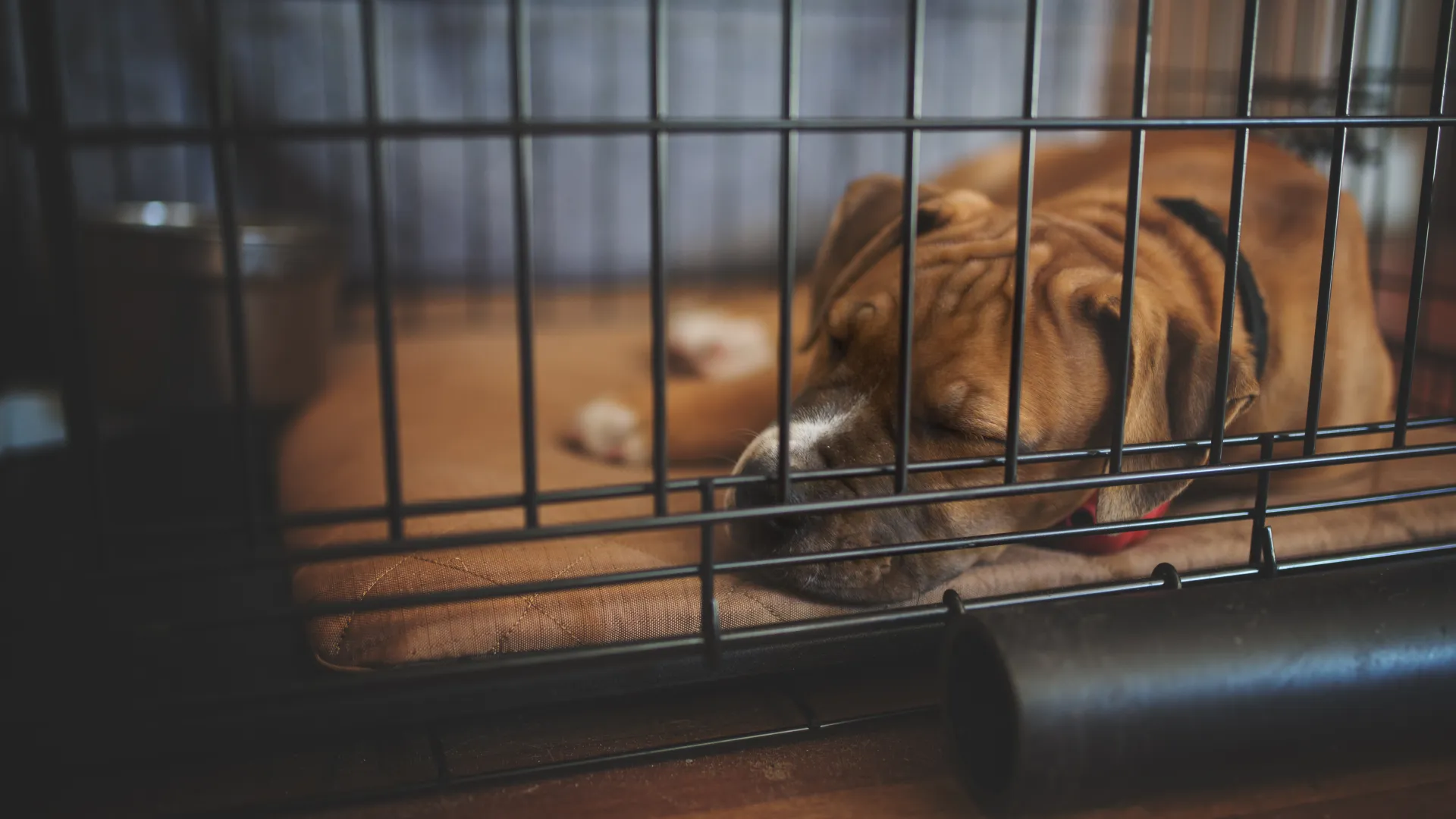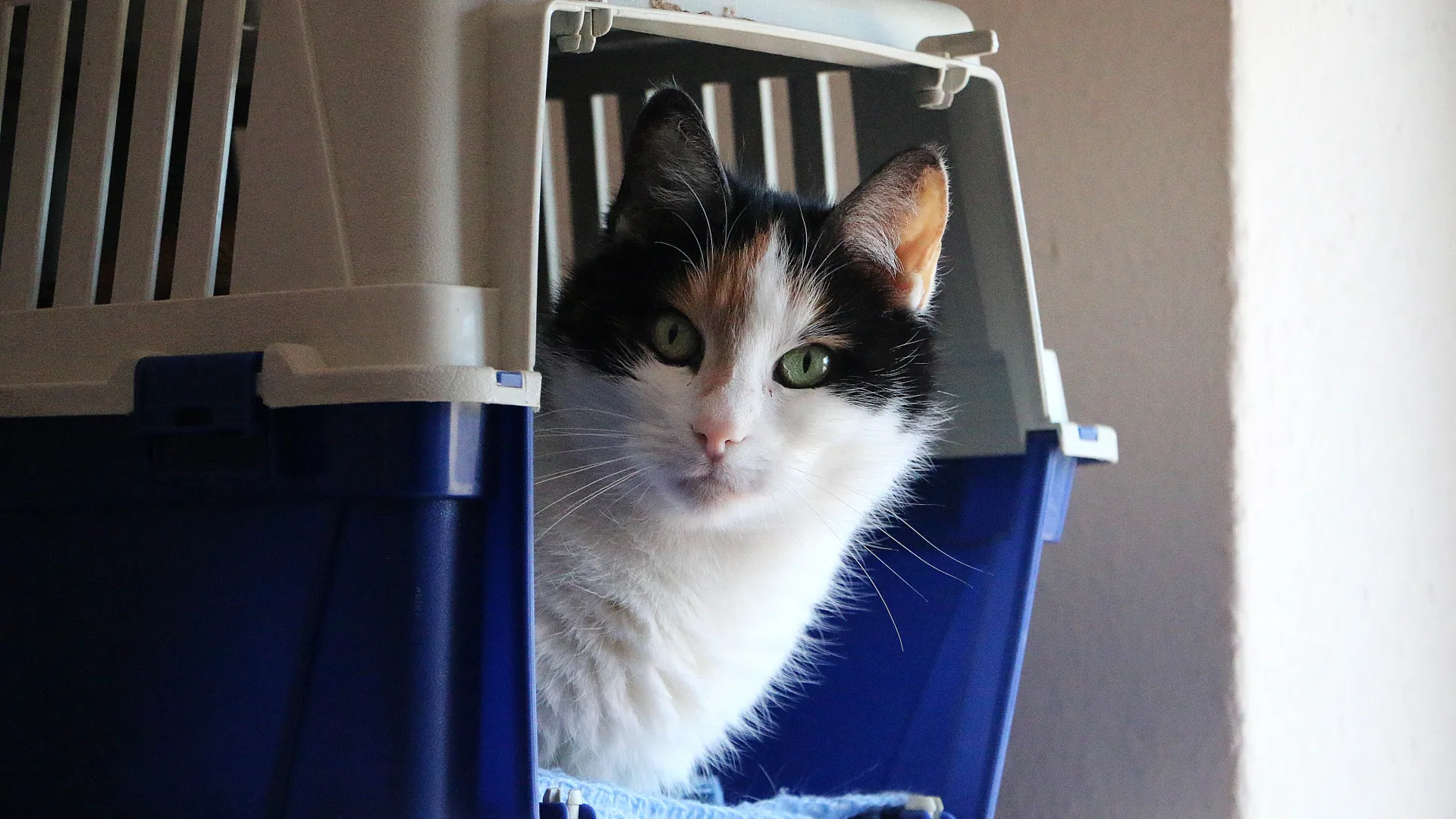
Crate Training 101

What are the benefits of crate training dogs?
-
Helps with housetraining
Noise refuge
Easy transport
Injury and toxicity prevention
Protect your household items
Home away from home
Post-surgery confinement.
How to properly crate train your dog
- Allow your dog to use the bathroom and have some playtime before putting them in the crate.
- Develop a positive association with the crate. Leave the crate door open and allow your dog to explore it on their own. Praise them when your dog goes into the crate. Consider feeding your dog their meals in their crate.
- Work on duration in the crate. Place your dog in the crate for 15 seconds and then let them out and praise them with toys or treats. Build up to longer durations until they are comfortable being in the crate for 15 minutes. Progress slowly and do not leave your dog's side.
- After finding success in this, begin to distance yourself from the crate. Close your dog in the crate, walk across the room, come back, let them out, and give them praise. Repeat this until you are able to leave the room without your dog being stressed.

How to choose the proper crate for your pet
Select a crate that's big enough for your dog to comfortably stand up, turn around, and lie down in with outstretched legs. Bigger is not better. In fact, if you go too big, your pet may feel comfortable with urinating and defecating in the crate.
Crate Training Don'ts
- Don't use the crate for punishment.
- Don't leave your dog in the crate all day. A dog that is locked in a crate all day and night may develop anxiety and depression.
- Don't leave young puppies in the crate for more than 3-4 hours at a time because they need to use the bathroom more frequently.
- Don't make a big deal of your departure. Act as though it is a normal thing.
